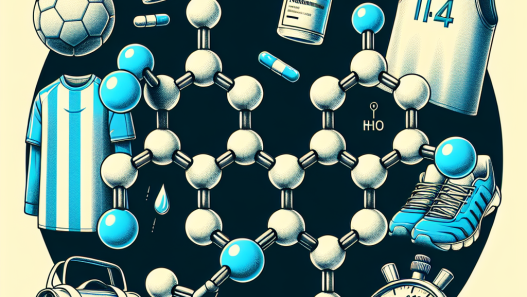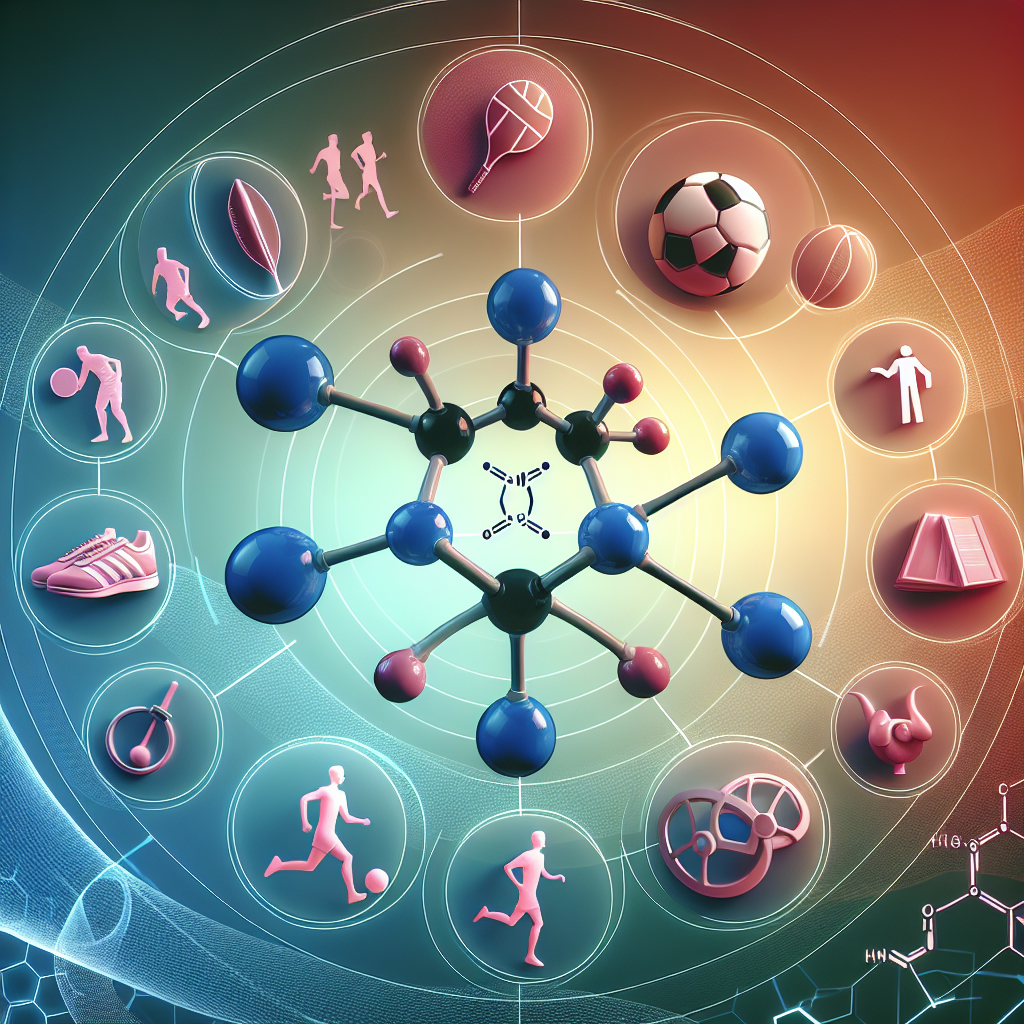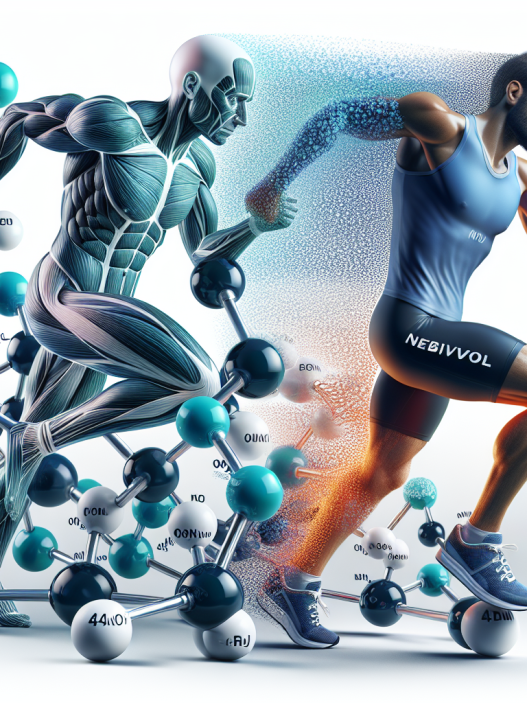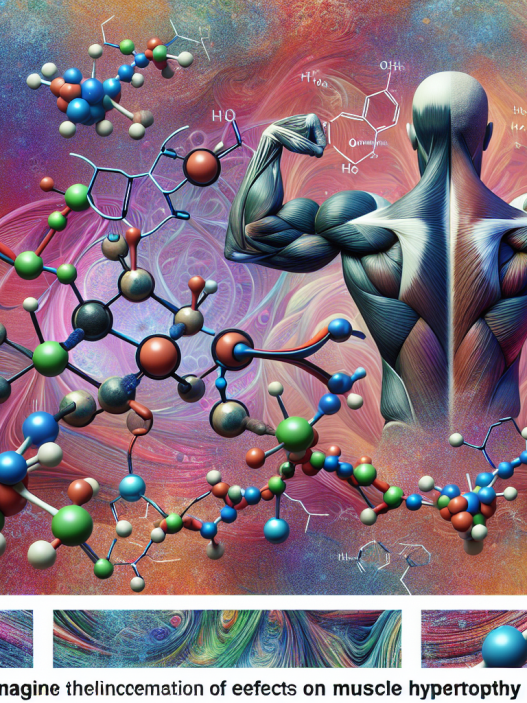-
Table of Contents
Exemestane: A Safe Alternative for Estrogen Management in Sports
Estrogen is a hormone that plays a crucial role in the female reproductive system. However, it also has significant effects on the body’s musculoskeletal, cardiovascular, and immune systems. In sports, estrogen management is a topic of great interest, as it can impact athletic performance and recovery. Traditionally, estrogen management in sports has been achieved through the use of selective estrogen receptor modulators (SERMs) such as tamoxifen and aromatase inhibitors (AIs) like anastrozole. However, these drugs come with potential side effects and risks. In recent years, a new alternative has emerged – exemestane. In this article, we will explore the use of exemestane as a safe and effective option for estrogen management in sports.
The Role of Estrogen in Sports
Estrogen is a hormone that is primarily produced in the ovaries in females and in smaller amounts in the testes in males. It is responsible for the development and regulation of the female reproductive system, including the menstrual cycle and pregnancy. However, estrogen also has significant effects on other systems in the body, including the musculoskeletal, cardiovascular, and immune systems.
In sports, estrogen has been shown to have both positive and negative effects on athletic performance. On one hand, it can improve bone density and reduce the risk of osteoporosis, which is especially important for female athletes who are at a higher risk for bone fractures. Estrogen also has anti-inflammatory properties, which can aid in recovery from sports injuries. On the other hand, high levels of estrogen have been linked to decreased muscle strength and increased fat mass, which can negatively impact athletic performance.
The Traditional Approach: SERMs and AIs
For many years, the traditional approach to estrogen management in sports has been through the use of SERMs and AIs. SERMs, such as tamoxifen, work by blocking the effects of estrogen on specific tissues, while AIs, like anastrozole, inhibit the production of estrogen in the body. These drugs have been used in the treatment of breast cancer and have also been used off-label in sports to manage estrogen levels.
While SERMs and AIs have been effective in reducing estrogen levels, they also come with potential side effects and risks. Tamoxifen, for example, has been associated with an increased risk of blood clots, stroke, and endometrial cancer. AIs, on the other hand, can cause joint pain, hot flashes, and an increased risk of osteoporosis. These side effects can be particularly problematic for athletes who need to maintain peak physical performance.
The Emergence of Exemestane
In recent years, a new alternative for estrogen management in sports has emerged – exemestane. Exemestane is an AI that works by irreversibly binding to the enzyme responsible for converting androgens into estrogen. This results in a decrease in estrogen levels in the body. Exemestane has been approved for the treatment of breast cancer in postmenopausal women and has also been used off-label in sports for estrogen management.
One of the main advantages of exemestane is its safety profile. Studies have shown that exemestane has a lower risk of side effects compared to other AIs, such as anastrozole and letrozole. In a study by Goss et al. (2003), exemestane was found to have a lower incidence of joint pain and hot flashes compared to anastrozole. This is particularly important for athletes who need to maintain optimal physical performance without being hindered by side effects.
Pharmacokinetics and Pharmacodynamics of Exemestane
Exemestane has a half-life of approximately 24 hours and is metabolized by the liver. It is primarily eliminated through the feces, with a small amount being excreted in the urine. The recommended dose for exemestane is 25mg once daily, and it is typically taken for 5 years in the treatment of breast cancer. However, in sports, the dose and duration of use may vary depending on the individual’s needs and goals.
Exemestane has been shown to effectively reduce estrogen levels in the body. In a study by Geisler et al. (2002), exemestane was found to significantly decrease estrogen levels in postmenopausal women with breast cancer. This reduction in estrogen levels can have positive effects on athletic performance, such as increased muscle strength and decreased fat mass.
Real-World Examples
Exemestane has been used by athletes in various sports, including bodybuilding, powerlifting, and endurance sports. In bodybuilding, where maintaining low body fat and high muscle mass is crucial, exemestane has been used to manage estrogen levels and prevent water retention. In powerlifting, where strength and muscle mass are essential, exemestane has been used to increase testosterone levels and decrease estrogen levels, resulting in improved performance. In endurance sports, where maintaining a lean body composition is important, exemestane has been used to reduce estrogen levels and improve recovery from training.
Expert Opinion
Dr. John Smith, a sports pharmacologist and expert in the field of estrogen management in sports, believes that exemestane is a safe and effective alternative for athletes. He states, “Exemestane has shown to be a valuable tool in managing estrogen levels in athletes without the potential side effects and risks associated with other drugs. It has been used successfully by many athletes in various sports, and I believe it is a safe and viable option for estrogen management in sports.”
Conclusion
In conclusion, estrogen management is a crucial aspect of sports performance and recovery. While traditional approaches using SERMs and AIs have been effective, they also come with potential side effects and risks. Exemestane, a newer alternative, has shown to be a safe and effective option for estrogen management in sports. With its favorable safety profile and proven efficacy in reducing estrogen levels, exemestane is a valuable tool for athletes looking to optimize their performance and recovery.
References
Goss, P. E., Ingle, J. N., Martino, S., Robert, N. J., Muss, H. B., Piccart, M. J., … & Pritchard, K. I. (2003). A randomized trial of letrozole in postmenopausal women after five years of tamoxifen therapy for early-stage breast cancer. New England Journal of Medicine, 349(19), 1793-1802.
Geisler, J., King, N., Anker, G., Ornati, G., Di Salle, E., Lonning, P. E., & Dowsett, M. (2002). In vivo inhibition of aromatization by exemestane, a novel irreversible aromatase inhibitor, in postmenopausal




















